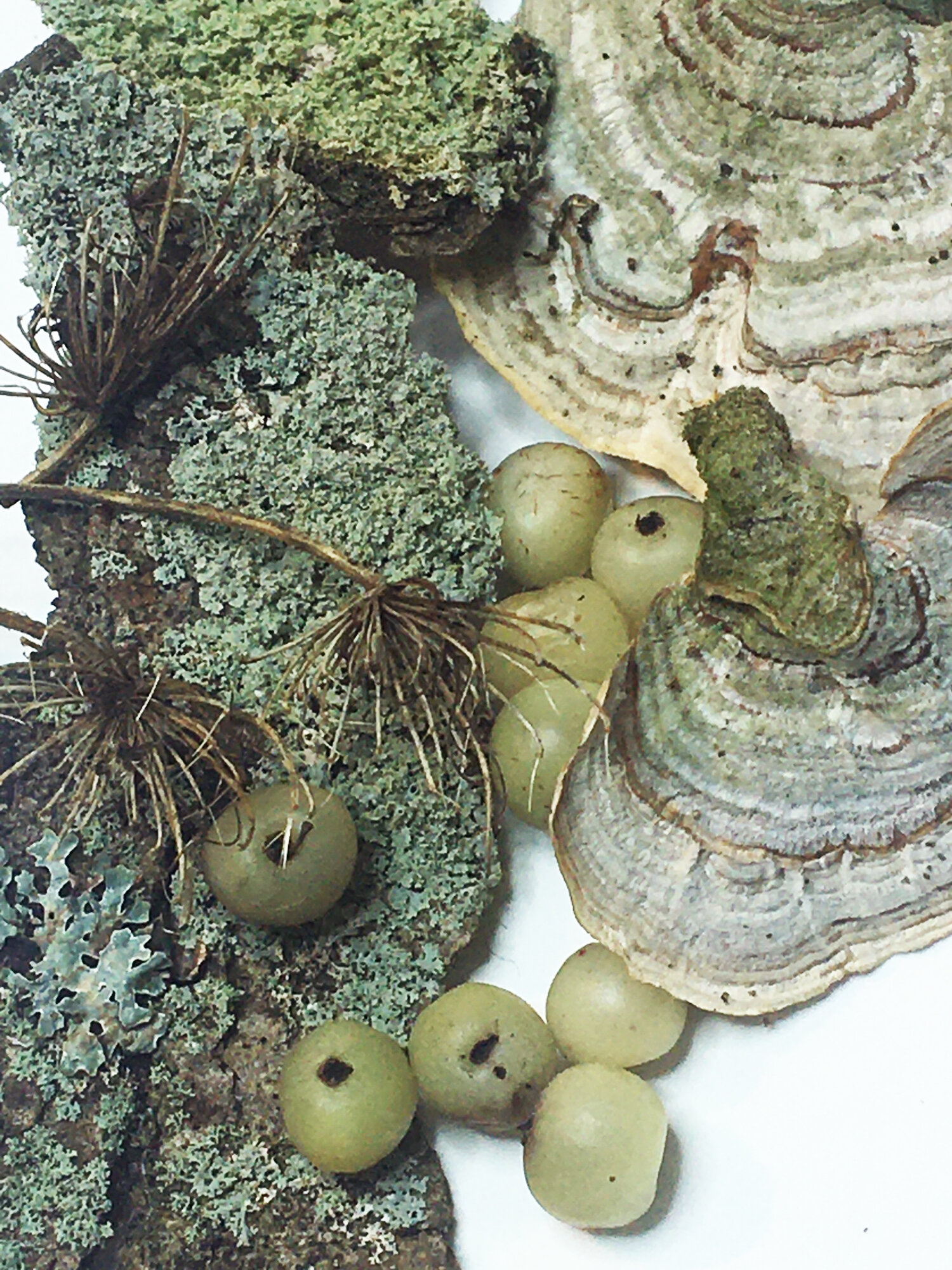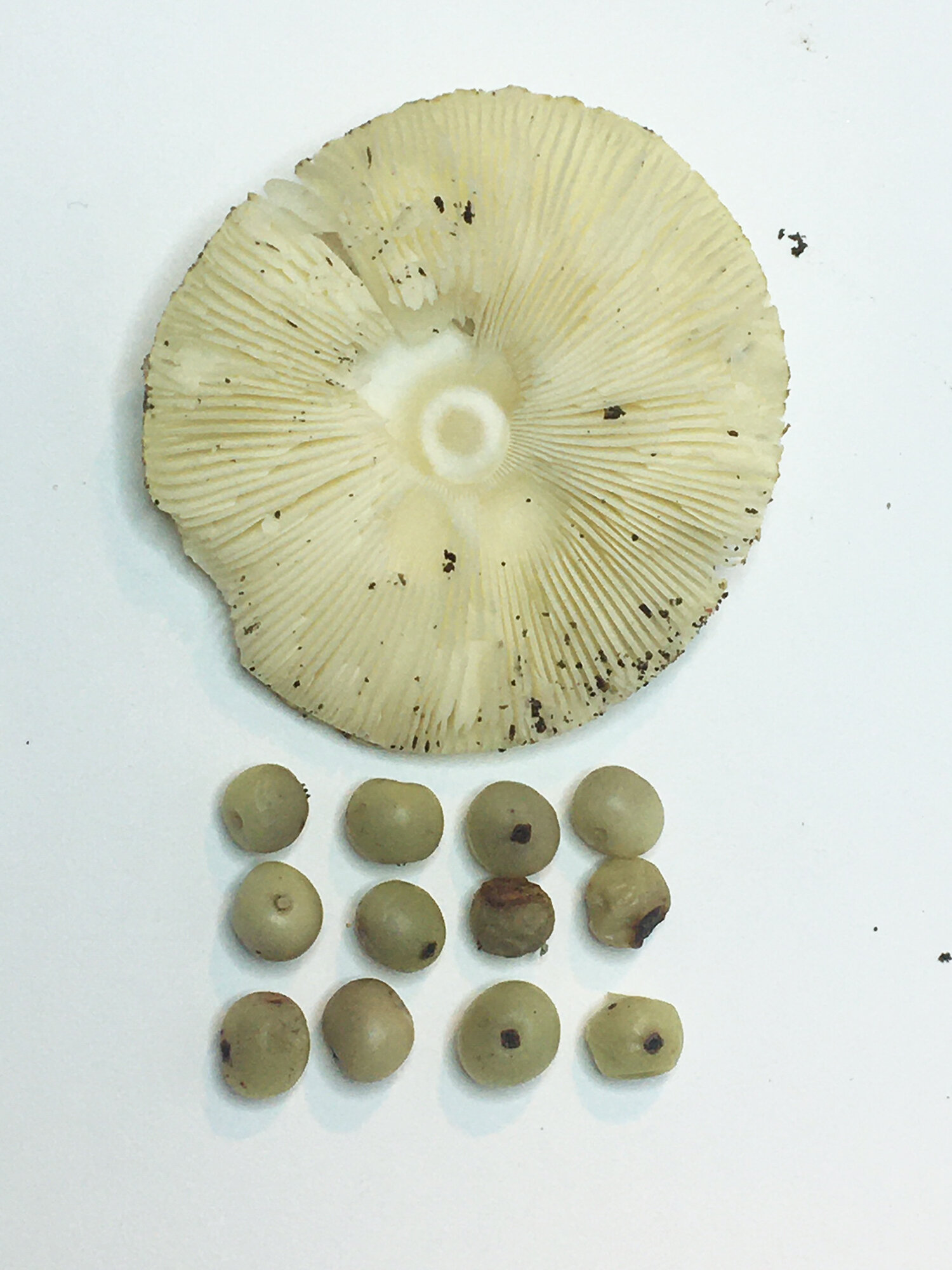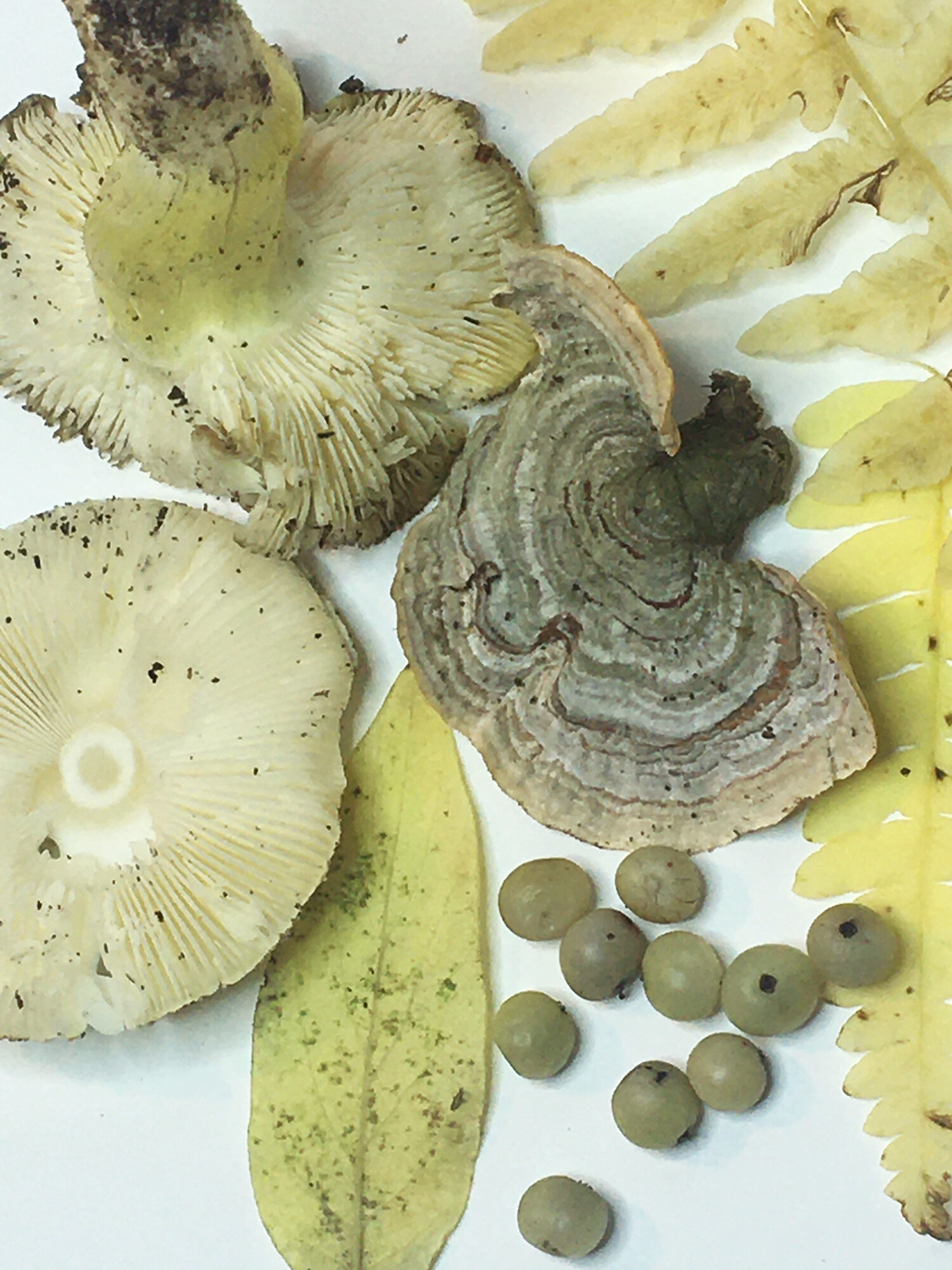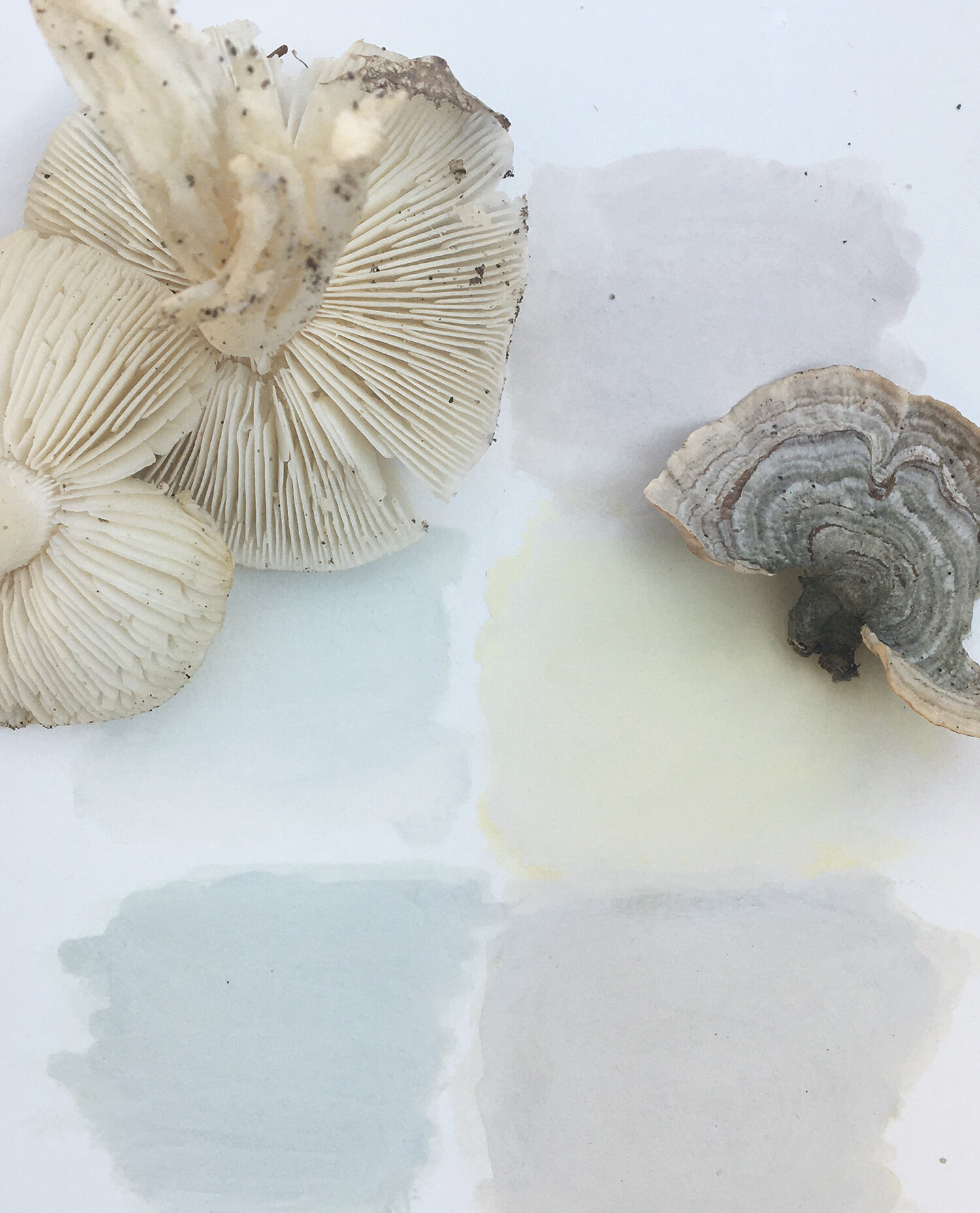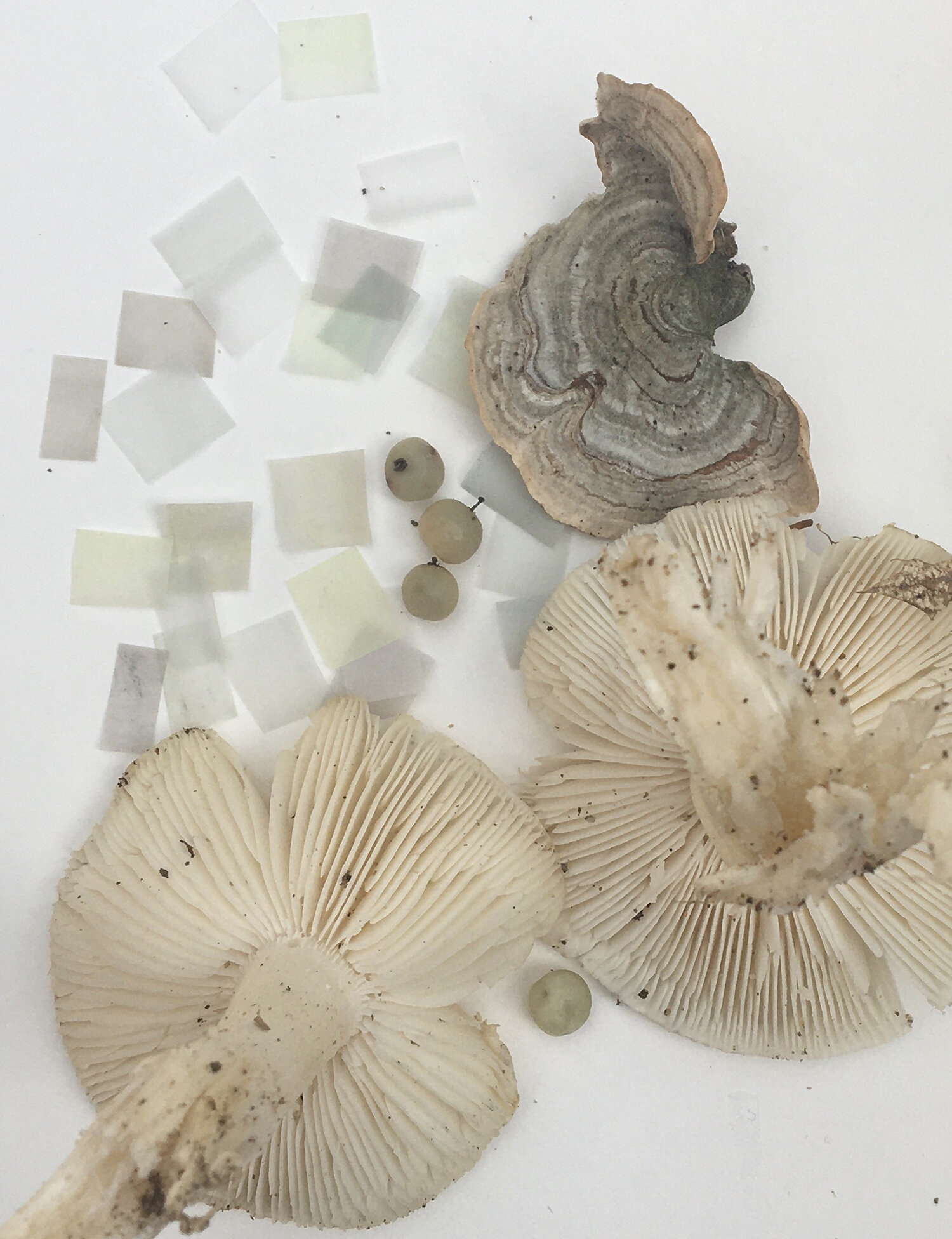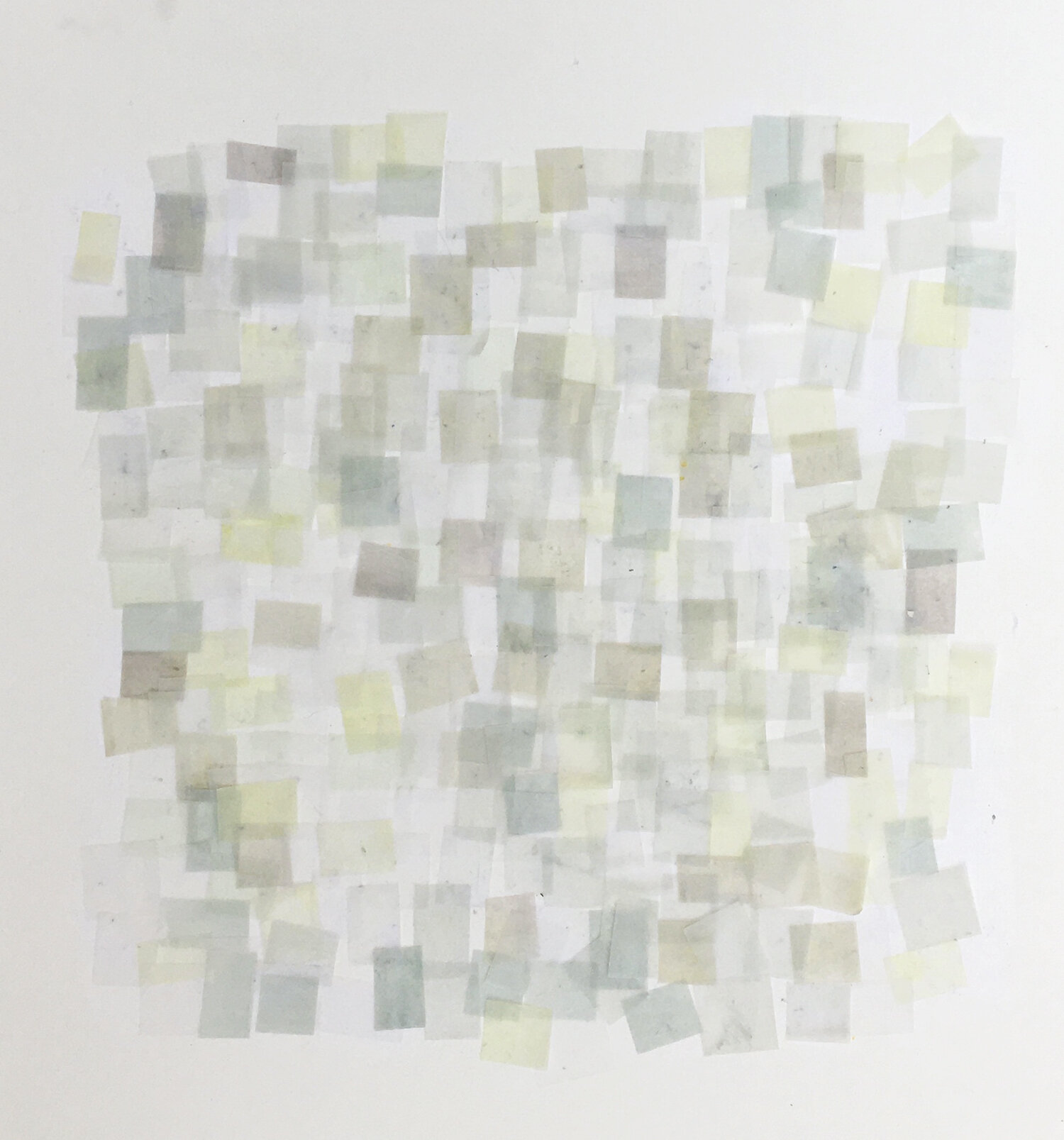ESO STUDIO CREATIVE WORKSHOP
HELLO ALL! It’s Ann…
After receiving my MFA, I began my career teaching Material Studies at the Interlochen Center for the Arts. I then chose to follow my interests in textile design and began work for a studio in Grand Rapids, MI designing luxury custom carpets (where I met Hannah and Jamie!). I continue to participate in exhibitions and residencies around the world. My personal work focuses on the fleeting elements of nature’s splendor. Teaching has always been a way for me to dig deeper into the concepts within my work and share the creative process with others.
LESSONS TO overcome YOUR
CREATIVE BLOCKS
Although this is my first ever blog post, lesson planning is an old comfort of mine. I’ve been out of practice for a bit, but have an idea to create a blog series structured as a lesson plan - to get my own creativity flowing, and to share some insights with you!
With all the stressors going on today, I know I haven’t been working on my art practice as I once had. Overwhelmed by leaving my old job, trying to live in a pandemic, start a business, etc. I have forgotten about why I chose art and design in the first place. It takes time to appreciate art because it means we have to slow down and move our minds to a different type of space. A space of peace and reflection.
WE THOUGHT IT MIGHT BE HELPFUL to use this blog to create some assignments as a way to open OURSELVES up and explore the world creatively.
I would love it if you would join me.
We can try these together and share our progress, observations and growth. We all respond to the world around us differently, there is no right or wrong….this is what makes us unique and how we learn to accept and respect each other.
LESSON ONE —
THE MACRO AND THE MICRO
THE inspiration
My husband recently asked if I would be interested in joining him on an upland bird hunting trip.
Having absolutely no desire to hunt I was reluctant but I figured it might be a nice way to understand his fascination, see our dogs in action, and be outside on a sunny, fall day. So we drove into an almost overwhelmingly woodsy thicket with orange and yellow leaves, and beautiful tall fields of grasses.
Fast forward to a frustrated me-- tripping in knee high fields trying to keep up, taking a fall, ducking branches, sharp burs sticking to my legs, and getting uncomfortably sweaty.
I decided to stop. I took a deep breath and began to walk slowly. I let my husband do his own thing and I started examining what was around me, finding my own definition of “hunting”.
I started to feel more at peace and grew a sense of awe. Instead of rushing through this bramble, I examined it closely and found another world - a tiny one - that I never would have noticed had I not taken the time. I appreciated the structure of the burs that stuck to my legs, I found different shapes and colors and growing forms. On a large and solid tree I saw that each leaf had varying colors and patterns and was completely individual and special - decomposing, dying, and vulnerable.
This is where art comes in for me---why I began studying it in the first place and why I find it so significant. It allows us to recognize dichotomies. It allows us to see the heroic and the vulnerable, the macro and the micro. The significance of art is that it allows us to hyper- focus. It calls the details of things overlooked and helps us to see and experience the world differently. It teaches us.
THE QUESTIONS
How do we isolate and simplify what is around us?
How do we take what is so big, so full or perhaps overwhelming and break it down to understand it?
How do we pay attention/ how do we observe?
What is a sketch?
What is a study?
Here are some examples of different artists that I felt applied these ideas in their work.


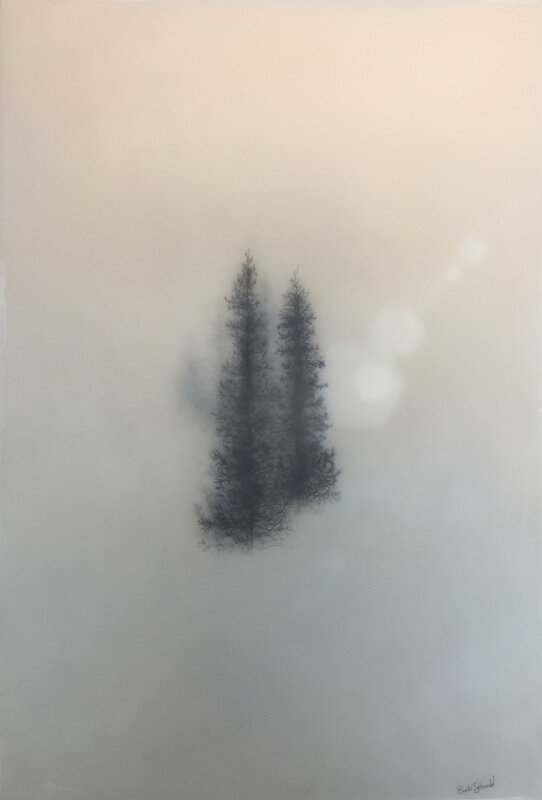
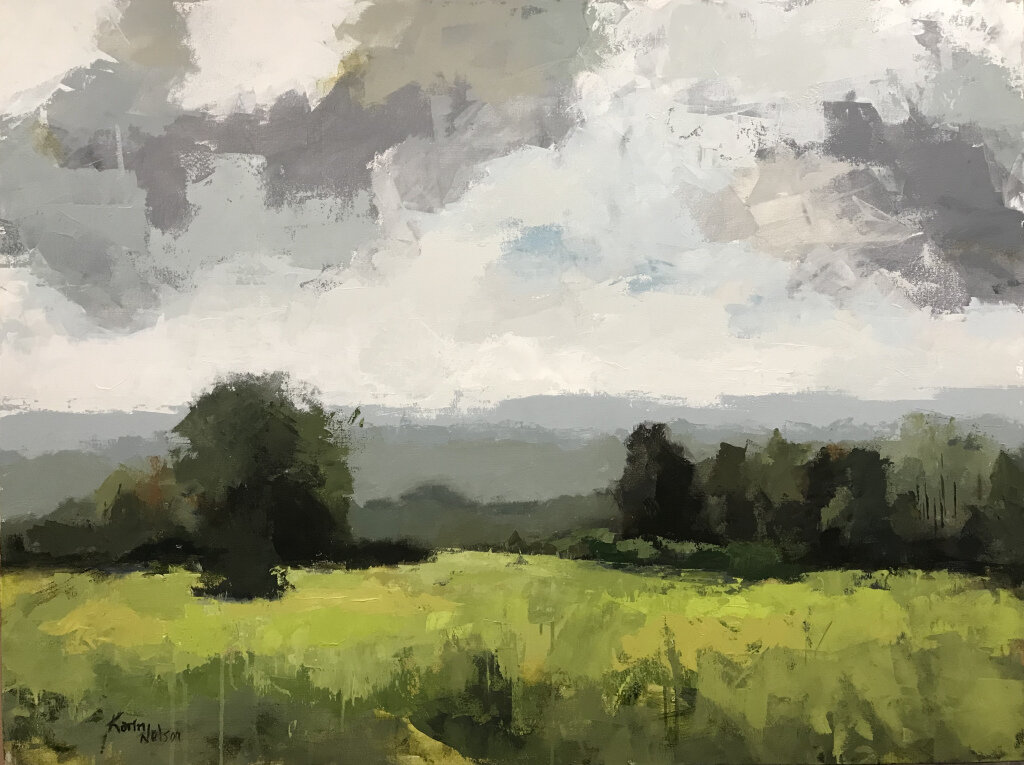
MY INTERPRETATION
For my own version of this assignment I collected the lightest and palest colors I could find in the deepness of the changing fall landscape. From these colors I developed a palette that I could layer for a pattern.
Once I collected the items I attempted to match them with inks. I chose to paint the inks on vellum to give them a translucent quality. I cut the vellum into tiny squares and layered them as a final experiment.
Now it’s your turn!
Consider the questions posted above and how you would solve these problems. I remember a professor of mine asking me to “pay attention to what I pay attention to”.
How do you explore what is around you so you can appreciate it? Do you look at the overall field? Do you sketch details in your sketchbook? Do you notice lines, shapes or colors first? Do you notice what is big or very small? What do you find special or significant in your own landscape? What materials or mediums would you choose to explore these questions and why?
My favorite part about assignments is that they allow us to teach one another. By looking at each other’s solutions we may find a different way of seeing the world around us.




